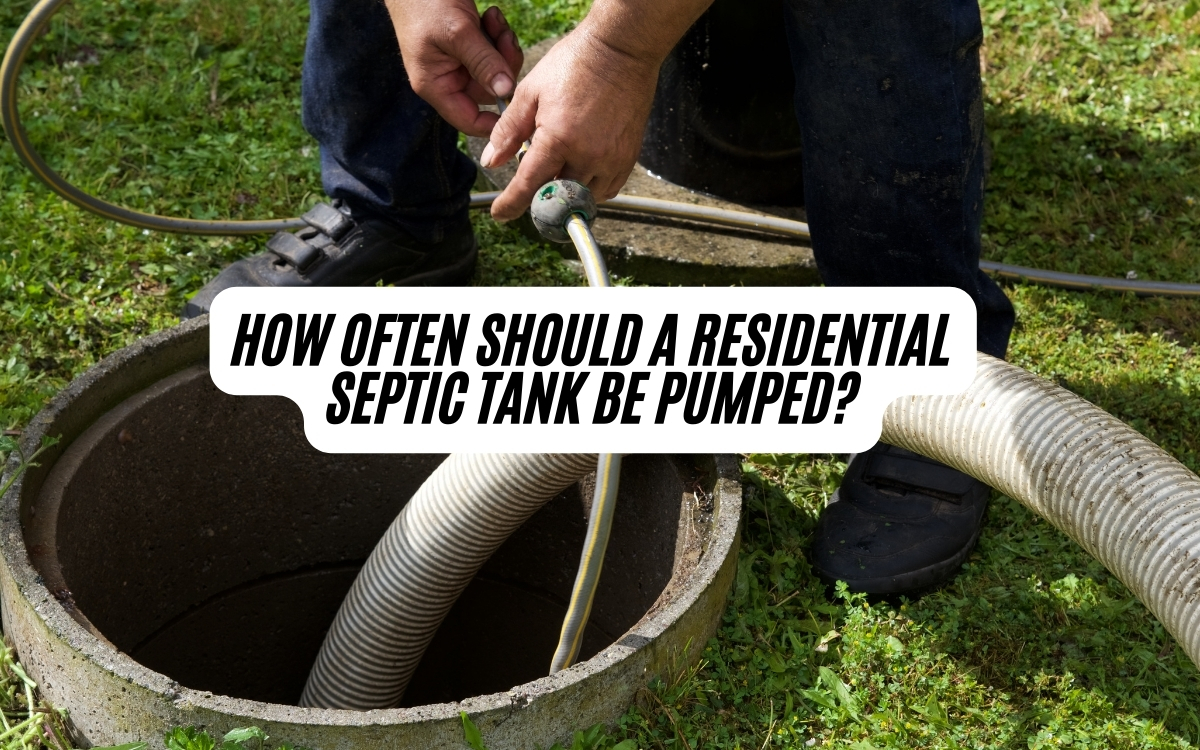HEAT PUMP REVOLUTION HITS YOUR WINDOW
Window heat pumps, also known as ductless mini-splits, are revolutionizing the way we heat and cool our homes and offices by providing a convenient, efficient, and flexible solution for temperature control. These units offer independent temperature regulation, precise control, and energy efficiency, making them ideal for areas with distinct climate requirements. By understanding how window heat pumps work, their energy efficiency, and proper sizing, homeowners can reap the benefits of reduced energy costs, increased comfort, and liberation from traditional HVAC systems. As you explore the world of window heat pumps, you'll discover the perfect solution for your space.
What Are Window Heat Pumps
Window heat pumps, also known as ductless mini-splits, offer a convenient and efficient solution for heating and cooling small spaces that require independent temperature control.
These units are ideal for areas that need separate temperature regulation, such as apartments or rooms with distinct climate requirements. By installing a window heat pump, individuals can enjoy precise control over their environment, ensuring peak comfort and energy efficiency.
With the ability to be mounted on windows or through walls, these units provide a flexible and space-saving solution. Additionally, they can be controlled using a remote or the unit itself, allowing for effortless temperature adjustments.
How Window Heat Pumps Work
Their outdoor unit, which is typically installed on a wall or in a window, plays a crucial role in the heat pump's operation, as it facilitates the exchange of heat between the indoor and outdoor environments.
Window-mounted heat pumps work by pulling outside air in year-round, pushing cool air into the room and ejecting heat outside in the summer or pushing heat inside the room in the winter.
A heat pump window unit cools or heats the air using refrigerant, which moves through coils and cycles through the evaporator, condenser, compressor, and expansion valve.
This efficient process allows for precise temperature control and comfortable indoor conditions.
Energy Efficiency of Heat Pumps
As the heat pump's operation relies on the efficient exchange of heat between indoor and outdoor environments, its energy efficiency becomes a vital facet to ponder.
A window heat pump's energy efficiency is measured by its combined energy efficiency ratio (CEER) and energy efficiency ratio (EER) for cooling, and heating seasonal performance factor (HSPF) for heating.
- A higher EER and CEER indicate better cooling efficiency, while a higher HSPF indicates better heating efficiency.
- Look for units with high EER, CEER, and HSPF ratings to minimize energy consumption and reduce your utility bills.
- By choosing an energy-efficient window heat pump, you can enjoy a comfortable indoor climate while keeping your energy costs in check.
Choosing the Right Heat Pump Size
When it comes to selecting a window heat pump, one crucial aspect to ponder is the unit's size, which directly impacts its performance and efficiency.
A correctly sized unit guarantees prime heating and cooling, while an undersized or oversized unit can lead to reduced efficiency and increased energy bills.
To determine the right size, measure the square footage of the room and multiply it by 20 BTUs. For example, a 300 sq. ft. room requires a 6,000 BTU capacity unit.
Climate and room size are key factors in determining the correct unit size. By choosing the right size, you can enjoy the benefits of a window heat pump, including energy efficiency and independence from traditional HVAC systems.
Heat Pump Installation and Cost
Having determined the correct size of a window heat pump for a room, the next step is to weigh the installation and cost of the unit.
Installation costs vary, but homeowners can expect to pay between $5,540 to $10,980 per HVAC unit.
To contemplate, you must examine the following factors that affect the overall cost:
- The complexity of the installation, which may require additional labor costs
- The type and quality of the unit, with higher-end models being more expensive
- Any necessary modifications to the room or building, such as electrical or ductwork upgrades
Benefits of Window Heat Pumps
Three key advantages of window heat pumps make them an attractive solution for homeowners: energy efficiency, flexibility, and cost-effectiveness.
These benefits offer liberation from traditional HVAC systems, providing homeowners with more control over their indoor climate.
Window heat pumps are energy-efficient, using advanced technology to minimize energy consumption while maximizing performance.
Their flexibility lies in their ability to provide both cooling and heating, making them an ideal solution for year-round comfort.
In addition, window heat pumps are cost-effective, reducing energy bills and installation costs compared to traditional systems.
Selecting the Perfect Heat Pump Unit
Selecting the perfect heat pump unit requires careful consideration of several factors, building on the benefits of energy efficiency, flexibility, and cost-effectiveness.
To guarantee you find the ideal unit for your space, consider the following key factors:
- Room size and climate: Measure the square footage of the room and consider the local climate to determine the required BTU capacity.
- Energy efficiency ratings: Look for units with high EER, CEER, and HSPF ratings to maximize energy efficiency and cost savings.
- Additional features: Consider units with Wi-Fi compatibility, sleep and timer functions, and quiet operation for added convenience and comfort.
Frequently Asked Questions
Can Window Heat Pumps Be Used in Areas With Extreme Temperatures?
Window heat pumps can operate effectively in areas with extreme temperatures, but their performance may vary. In extremely cold temperatures, the unit's heating capacity may decrease, while in extremely hot temperatures, cooling capacity may be affected, making proper sizing and installation vital.
Do Window Heat Pumps Require Regular Maintenance?
Window heat pumps require regular maintenance to guarantee peak performance and energy efficiency, including cleaning filters, checking refrigerant levels, and inspecting electrical connections to prevent breakdowns and prolong the unit's lifespan.
Are Window Heat Pumps Noisy During Operation?
Window heat pumps can generate some noise during operation, typically ranging from 20 to 40 decibels, comparable to a gentle hum or whisper, depending on the unit's design and fan speed settings.
Can Window Heat Pumps Be Installed on Any Type of Window?
Window heat pumps can be installed on most window types, including double-hung, casement, and sliding windows, as well as through walls, but require a suitable window frame size and structural integrity to support the unit's weight and operation.
Do Window Heat Pumps Have Air Purification Features?
Some window heat pumps come equipped with built-in air purification features, such as filters that remove allergens, dust, and other airborne particles, improving indoor air quality and enhancing overall comfort and well-being.



